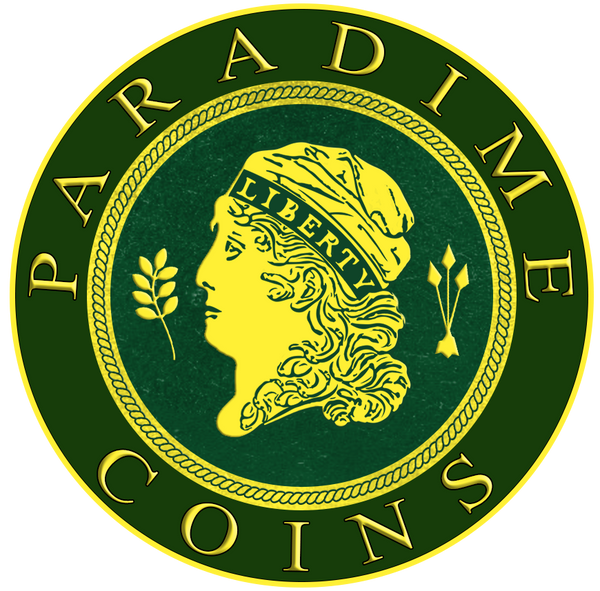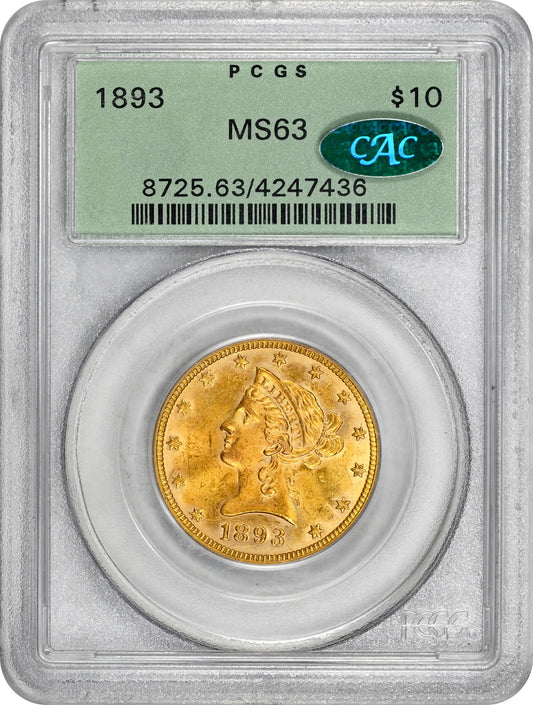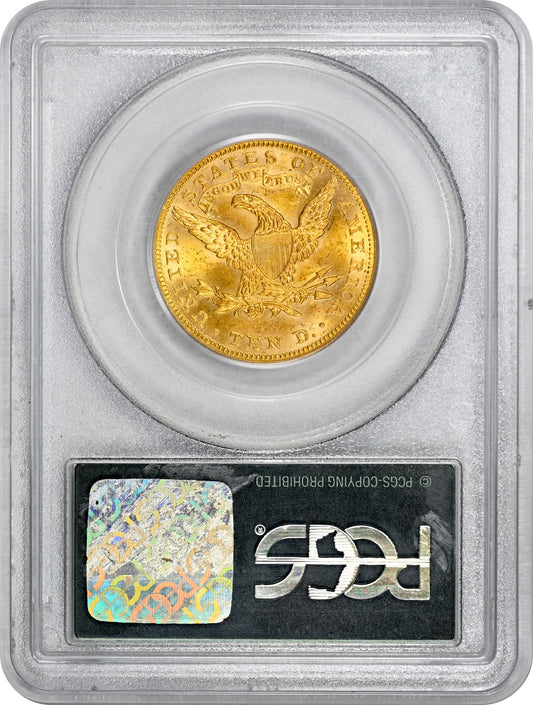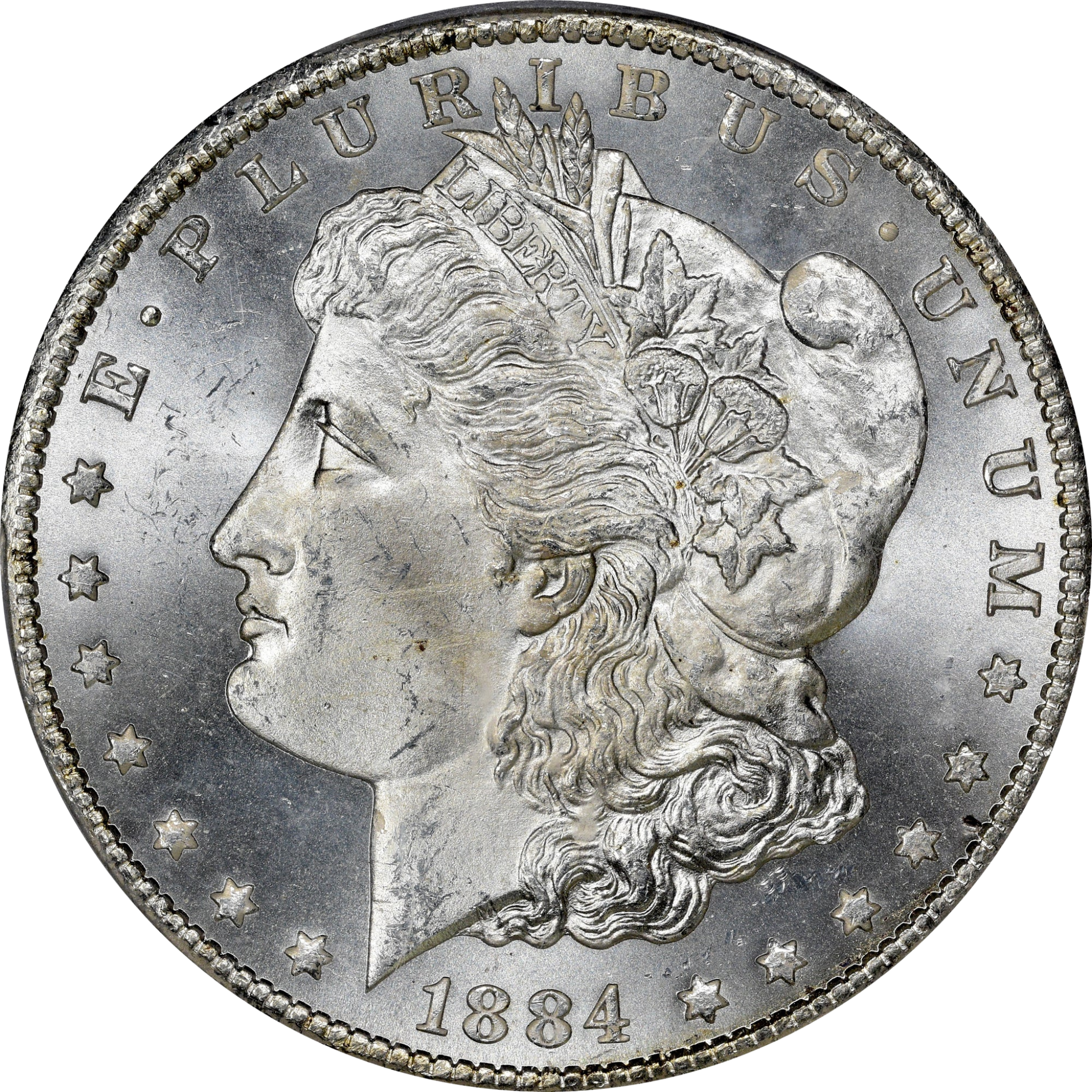Collection: Type 3, No Motto (Indian Eagle)
-
1893 $10 MS63 OGH PCGS CAC
Regular price $2,600.00Regular priceUnit price / per
Designed by: Augustus Saint-Gaudens
Issue Dates: 1907-1908
Composition: 90% gold, 10% copper
Diameter: 27 mm
Weight: 16.72 grams (258.02 grains)
Edge: 46 raised stars
Business Strike Mintage: 483,448
Proof Mintage: None
1907–1908 Indian Eagle – No Motto | First Business Strikes of the Series
Following the striking of ... Read More
Designed by: Augustus Saint-Gaudens
Issue Dates: 1907-1908
Composition: 90% gold, 10% copper
Diameter: 27 mm
Weight: 16.72 grams (258.02 grains)
Edge: 46 raised stars
Business Strike Mintage: 483,448
Proof Mintage: None
1907–1908 Indian Eagle – No Motto | First Business Strikes of the Series
Following the striking of two experimental varieties—the Wire Edge and Rolled Rim types—official business strikes of the $10 Indian Eagle were introduced in late 1907 and continued into 1908. Designed by the celebrated sculptor Augustus Saint-Gaudens, these early issues mark the beginning of one of the most artistic and iconic coin designs in American numismatics.
The obverse features Lady Liberty adorned with a Native American war bonnet, a nod to Roosevelt’s vision of heroic idealism. The headdress bears the inscription LIBERTY, with thirteen stars arcing above and the date below. The reverse depicts a majestic eagle perched on a fasces, flanked by the motto E PLURIBUS UNUM, with UNITED STATES OF AMERICA above and TEN DOLLARS below.
Notably, these early coins omit the motto "IN GOD WE TRUST", a reflection of President Theodore Roosevelt’spersonal views on the appropriateness of invoking divine reference on currency. As such, these "No Motto" issues of 1907 and early 1908 represent a distinct subtype, sought after by type collectors and series specialists alike.
Struck at both the Philadelphia Mint (1907–1908) and Denver Mint (1908-D), these pieces are readily available in grades of Extremely Fine to About Uncirculated. Mint State examples appear with some frequency, often exhibiting strong luster and bold detail, though superb Uncirculated specimens—particularly those with minimal bag marks and rich surface quality—remain elusive and command a premium in today’s market.
Whether as an entry point into 20th-century U.S. gold or as part of a full Indian Eagle set, the 1907–1908 No Motto $10 Indian offers exceptional historical and numismatic appeal.
... Read Less










